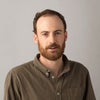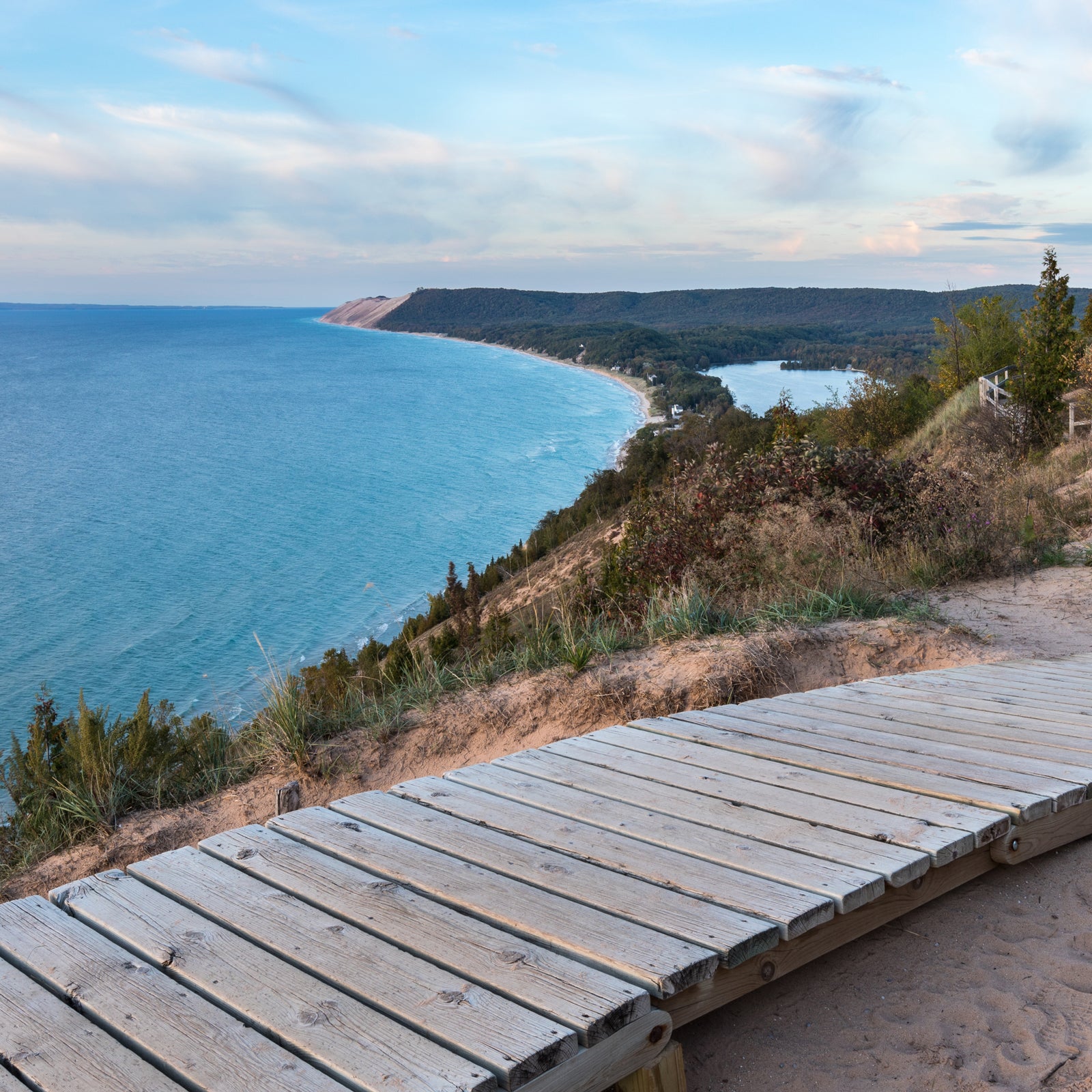In 1846, Henry David Thoreau ascended MaineÔÇÖs ▓Đ┤ă│▄▓ď│┘╠ř░ş▓╣│┘▓╣│ˇ╗ňż▒▓ď╠řand shouted, in a fit of exuberance, ÔÇťWho are we? Where are we?ÔÇŁ╠ř
Author Donovan Hohn, in his new collection of essays,╠ř,╠řwrites that, for Thoreau,╠řthose two questions are inseparable.╠řWe canÔÇÖt truly know ourselves without knowing the world around us, and vice versa.╠ř
These interlocked╠řquestions, which animate much of ThoreauÔÇÖs work, echo throughout The Inner Coast, HohnÔÇÖs second book of nonfiction.╠řHis╠řmethod in these essays is to look outward and then inward, and╠řhis╠řconclusion is that weÔÇÖre mistaken when we see ourselves as separate from nature. When I called Hohn at his home in Ann Arbor, Michigan, he reflected on the human tendency╠řÔÇťto pretend that we arenÔÇÖt, in some extremely vulnerable and permeable way, profoundly connected to the natural world.ÔÇŁ Hohn, who writes in a voice reminiscent of Annie Dillard or John McPhee, returns to this subject again and again╠řas he dives deep into topics ranging from the forgotten thrill of piloting an ice canoe to the long-standing cultural significance of mammoths.
A former editor at HarperÔÇÖs and GQ,╠řHohn╠řnow teaches╠řcreative writing at Wayne State University in Detroit. In one piece, he describes a╠řkind of╠řcartography╠řproject╠řhe assigns to his students that╠řasks them to map both physical and emotional space. Like explorers venturing into an unknown land, the students╠řwalk Detroit and take detailed notes on what they see. ÔÇťFrom those notes they are to╠řre-create their walks for readers, the sights and sounds, but also their own reaction to the sights and sounds, their unbidden memories and thoughts,ÔÇŁ he writes. By exploring where they are, the students are expected to discover something about who they are.╠ř
Like his students, Hohn traverses local geographies and comes to see familiar places with fresh eyes. In a far-reaching essay called ÔÇťWatermarks,ÔÇŁ he explores the way water moves through the world, especially in his home state of Michigan, drawing on insights from philosophy and literature. ÔÇťWhenever I visit a river, I have the urge to follow it,ÔÇŁ he writes. Part of what motivates HohnÔÇÖs search is the notion that water, perhaps the fundamental element of life,╠řhas become something we take for granted. We can turn a valve when we need it, but otherwise we donÔÇÖt think much about it. ÔÇťLiving in the age of indoor plumbing is a bit like living beside a stream whose headwaters and mouth are distant rumors,ÔÇŁ he writes. Though most of this country was initially navigated by waterways, Hohn notes, ÔÇťin the 21st╠řcentury, itÔÇÖs not easy to follow the water.ÔÇŁ Nonetheless, we find him╠řfollowing╠řrivers and canals all over the Midwest, ultimately plunging into the depths of Lake Michigan with a team of commercial divers searching for a lost shipwreck. He joined the divers, he writes, ÔÇťbecause IÔÇÖd imagined that descending the water column would be like time travel, like flippering into the past, as if fathoms were centuries.ÔÇŁ He is diving into physical space, yes, but heÔÇÖs hoping to find something else, too.╠ř
ÔÇťThis may be my oldest preoccupation,ÔÇŁ Hohn╠řtold me,╠řÔÇťthe relationship between memory and place.ÔÇŁ
While Hohn offers personal reflections throughout the book, his focus never strays far from the subject at hand. In╠řÔÇťFalling,ÔÇŁ╠řhowever, he turns the magnifying glass on himself, beautifully describing╠řhis childhood years living on Mount Davidson in╠řSan Francisco. ÔÇťThis may be my oldest preoccupation,ÔÇŁ he told me ÔÇťthe relationship between memory and place.ÔÇŁ As a boy, Hohn had a religious devotion to the natural world around him. He memorized╠řthe names of butterflies and spent╠řfull days wandering the hillside with his╠řnet or searching for creatures in tide pools. But these╠řexperiences were╠řinterwoven inextricably with his parentsÔÇÖ troubled relationship, his motherÔÇÖs bouts of depression, his brotherÔÇÖs acting out, and a tragic accident that left Hohn himself in a body cast. The reader gets the sense that, instead of serving╠řas merely the backdrop, the landscape of HohnÔÇÖs childhood home is a character as real and prominent as any of the humans in the story. Compared with╠řfamily, he writes, ÔÇťtrees make few demands, and you can hear whatever your heart desires in the lyrical soughing of their branches.ÔÇŁ Nature was╠řan ally╠řand a source of refuge and comfort.╠ř
Of course, humans donÔÇÖt always treat the natural world as an allyÔÇöwhen we pollute and destroy it, the effects can be brutal.╠řIn ÔÇťThe Zealot,ÔÇŁ an essay╠řon the water crisis in Flint, Michigan, Hohn follows Marc Edwards, a civil and environmental engineer at Virginia Tech University, whose research into contaminated╠řdrinking water across╠řthe U.S. has turned him from a dispassionate scientific observer into a kind of activist. This is a tension familiar to medical professionals amid our current pandemic╠řand climate scientists whose dire warnings about a warming planet seem to fall on deaf ears. EdwardsÔÇÖs role in Flint was complicated: residents welcomed him as someone who could bring attention to their cause, but when his tests said the water was once again safe to drink, many who had grown rightfully suspicious of the water werenÔÇÖt ready to accept his findings. Others criticized him for seeking the spotlight instead of standing behind city╠řresidents, who, critics thought, should have been the focus. In this essay, Hohn demonstrates how humansÔÇÖ vulnerability in the natural world is almost always felt most acutely by marginalized communities, and the tension he╠řillustrates is one╠řweÔÇÖll continue to grapple╠řwith as╠řevents like climate change exacerbate existing inequalities.╠ř╠ř
For Hohn, ÔÇťat a time of bewildering and accelerating changes to habitats and geographies,ÔÇŁ ThoreauÔÇÖs questionsÔÇöWho are we? Where are we?ÔÇöÔÇťcontinue to invite new answers.ÔÇŁ And because those changes have only further accelerated╠řin the months╠řsince The Inner Coast went to print, the reader will discover╠řanswers that Hohn himself couldnÔÇÖt have foreseen╠řwhile╠řwriting these essays.╠ř
The coronavirus, too, is of the natural world. Like us, itÔÇÖs naturally occurring╠řand composed of genetic code. Hohn told me that one unanticipated effect of the virus might be to ÔÇťdisillusion some of us who have mostly joyous experiences with the natural world.ÔÇŁ We may see nature as something beautiful to escape toÔÇöbut╠řalso something brutal that can upend our lives at a momentÔÇÖs notice.╠ř


